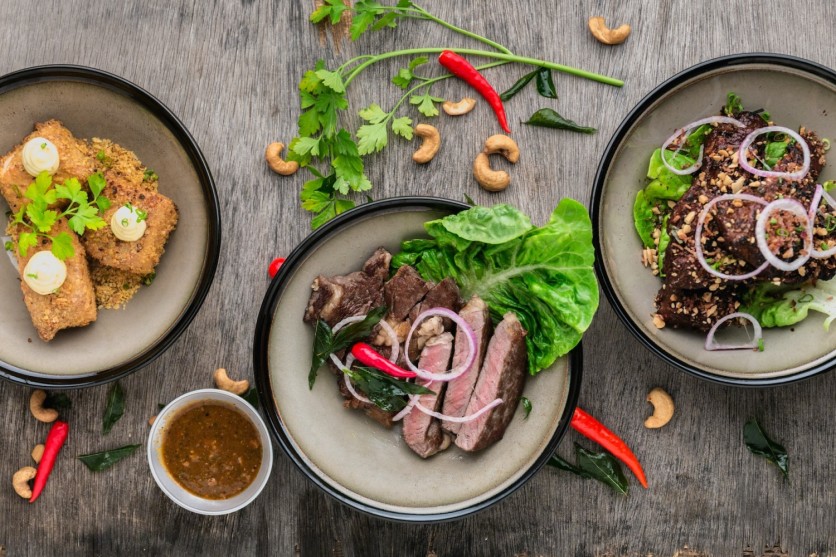
Generative artificial intelligence (AI) has been great use to produce content efficiently, and right now, some restaurants are already using it to generate images of their dishes for online menus.
As reported by Business Insider, restaurant tech business Lunchbox has collaborated with OpenAI to develop a free AI-powered food photo creator. The use of OpenAI's DALL-E text-to-image technology was a key component in the development of this generator.
OpenAI is the company behind the currently most-discussed AI chatbot ChatGPT. Lunchbox is a restaurant management software firm that serves about 200 brands.
Lunchbox-OpenAI Partnership
According to Lunchbox CEO Nabeel Alamgir, the firm pays OpenAI a minimal fee for each query. He said that since its release on Jan. 19, around 175 million AI photographs had been created using the platform. For privacy reasons, Lunchbox does not know which businesses are utilizing it.
A food picture is generated the same way as ChatGPT results are: by people describing what they are looking for. Format and color palette selections are also optional.
Alamgir has said that the generator is meant to assist restaurants in increasing profits. "We launched this free generator to provide small and new restaurants access to the very same tools that bigger platforms offer for a fee."
He referred to statistics from Grubhub, which showed that establishments with photos of their menu items had between 65% and 70% more orders placed.
Alamgir said that the app was developed for businesses that lacked experienced food photographers.
Branded Hospitality Ventures' partner and chief marketing officer, Julie Zucker, claimed "mouth-watering" food photographs might encourage a visitor to place an order.
AI-generated vs. Actual Food Photos
Even DoorDash, an online food ordering company, requires high-quality images.
The delivery service said in a blog post published in 2020 that the menu is the first thing customers see when they visit a restaurant's website, so it is essential that it looks good and is easy to navigate.
In today's image- and social media-driven culture, a single picture may get as many as 100,000 views or likes. But what happens if the guests get a meal that does not look like the one shown?
Although innovations like the food picture generator are on the rise, consumers have traditionally relied on establishments to deliver on the promise of a product that looks like the image shown.
In fact, some customers have even taken legal action against fast-food franchises because their meals did not meet up to their expectations.
False food images may not work with DoorDash customers, though. According to the company's website, pictures uploaded to the app are not approved if they do not fully reflect or represent the item.
DoorDash has said it would do free photo sessions for restaurants that do not have adequate food photography.

ⓒ 2025 TECHTIMES.com All rights reserved. Do not reproduce without permission.




